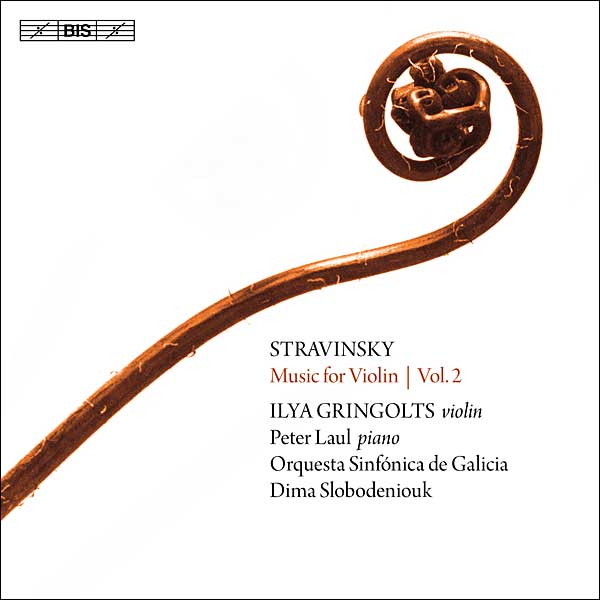| Columns Retired Columns & Blogs |
Unfortunately, most AV pre-amps don't have serious output capabilities. Given that most consumer amps have upwards of 30dB in gain, there's not much incentive for them to offer it.
I used to own a Marantz 3800 pre-amp that I bought in the early 80's and it was rated at 9.8V output (or so...had it for 20+ years). The new Marantz 8805 is rated at one third of that or less. They don't offer much in the way of performance specs for their new stuff.
I've found the Emotiva XMC-1 to have some serious output, but, no, it's not near 18V. For my subs (Rythmik) and surrounds (Presonus S6), though, I do turn their levels down as far as I can and drive the pre fairly hard (it sounds great). Do the same with the Parasound that's powering my LS50's. I will be interested in seeing how my system sounds with an AHB2 in it. That's my next amp buy.








































